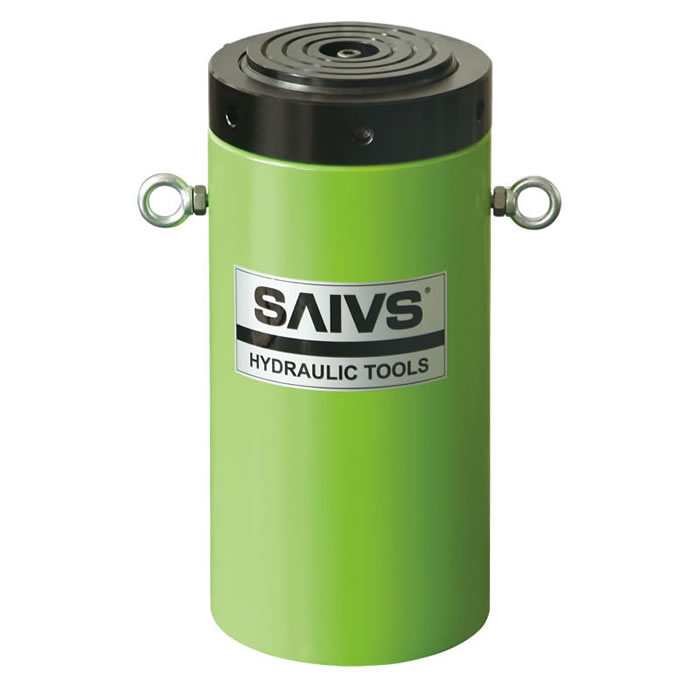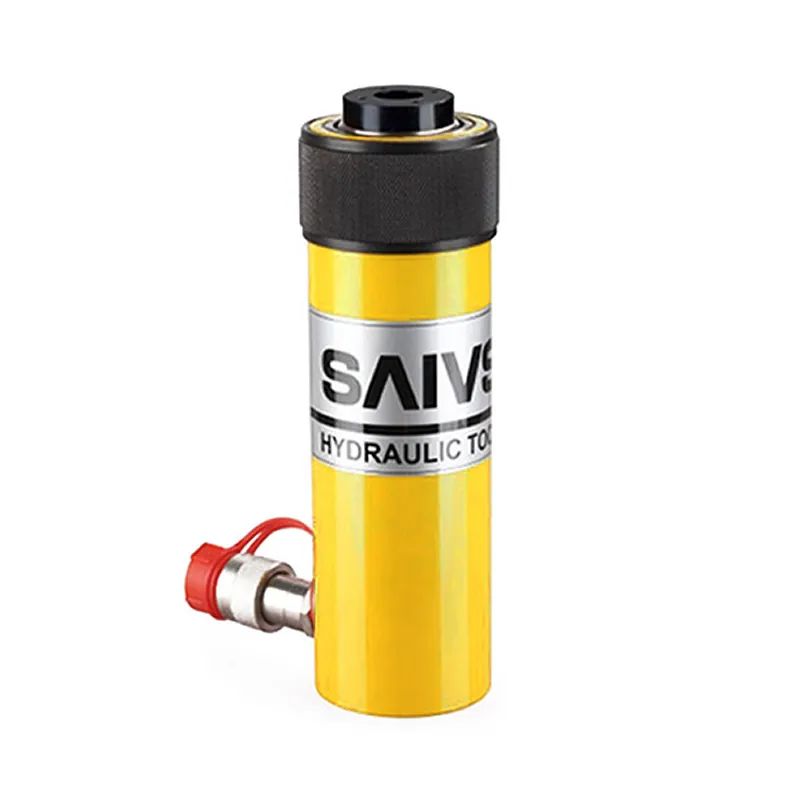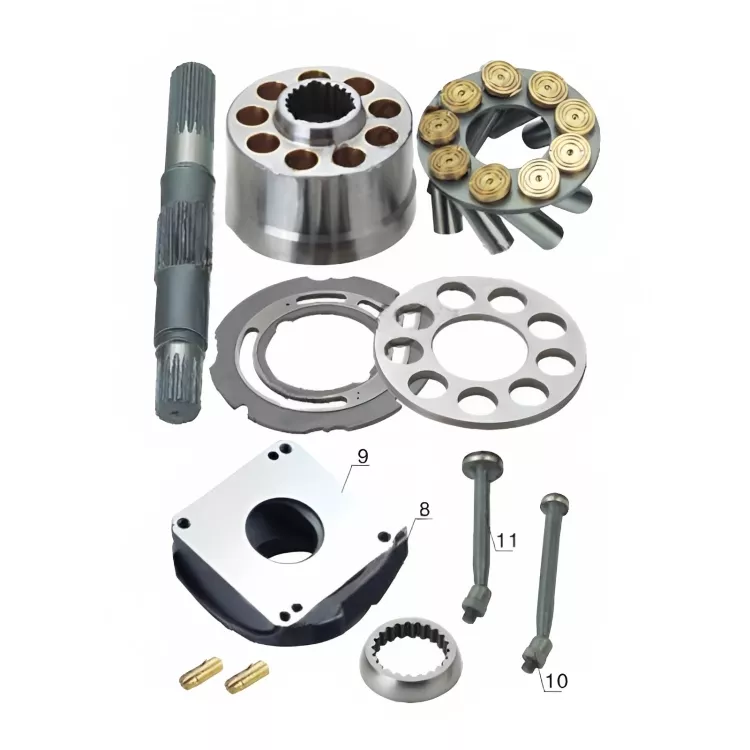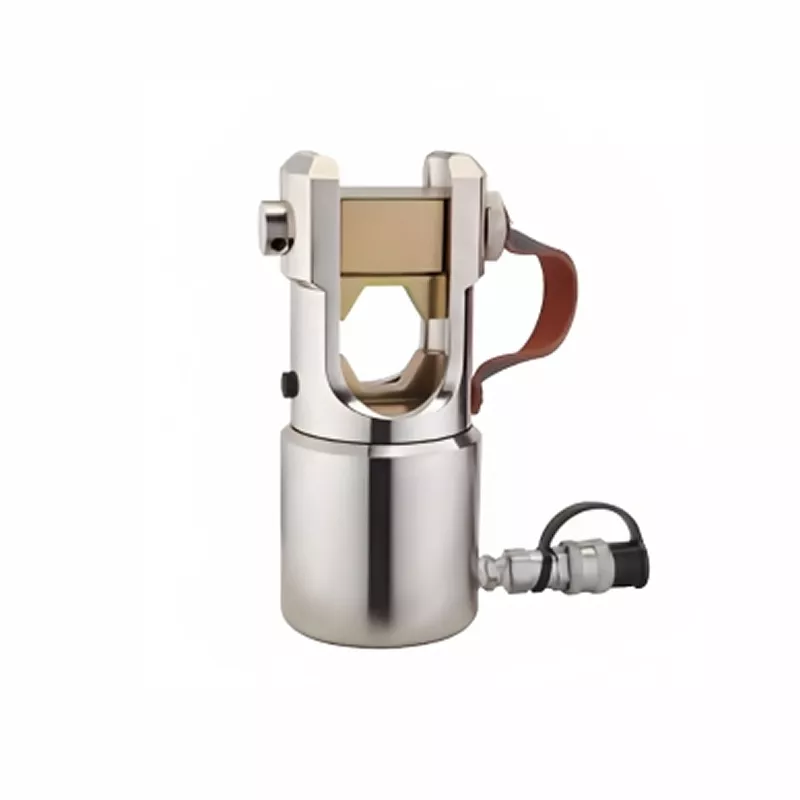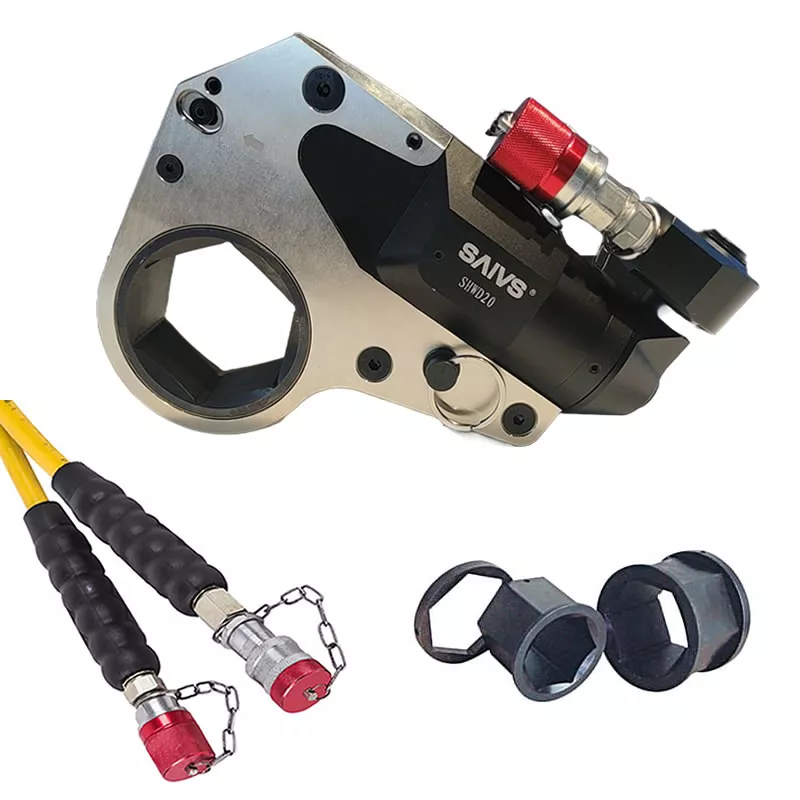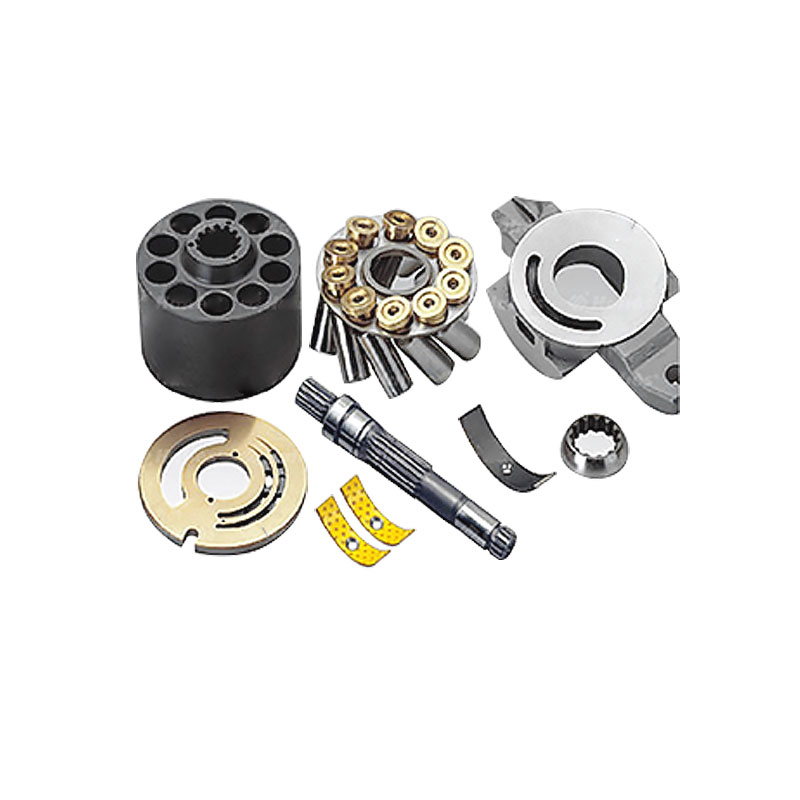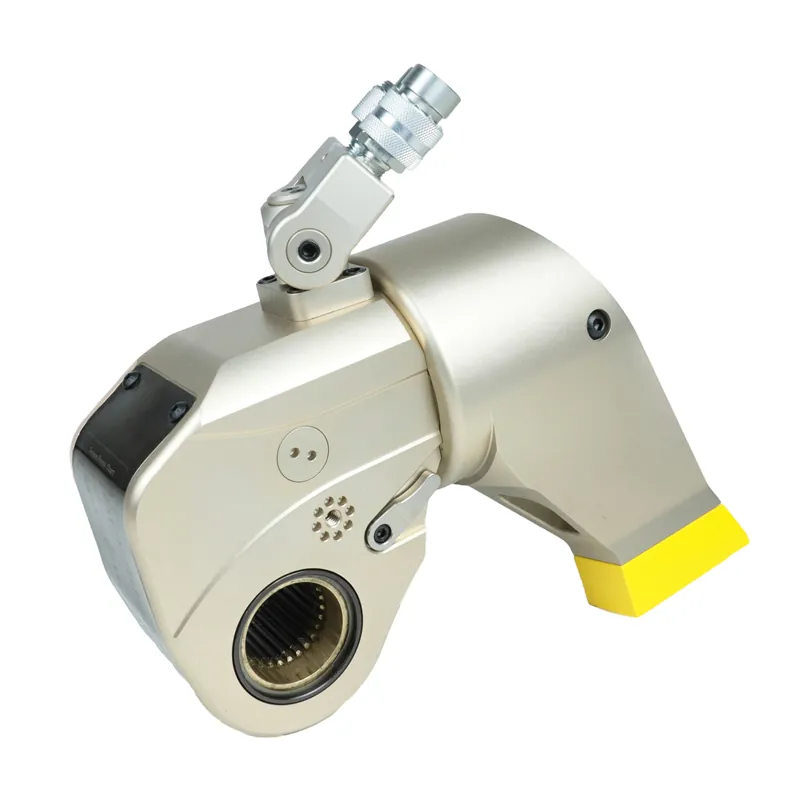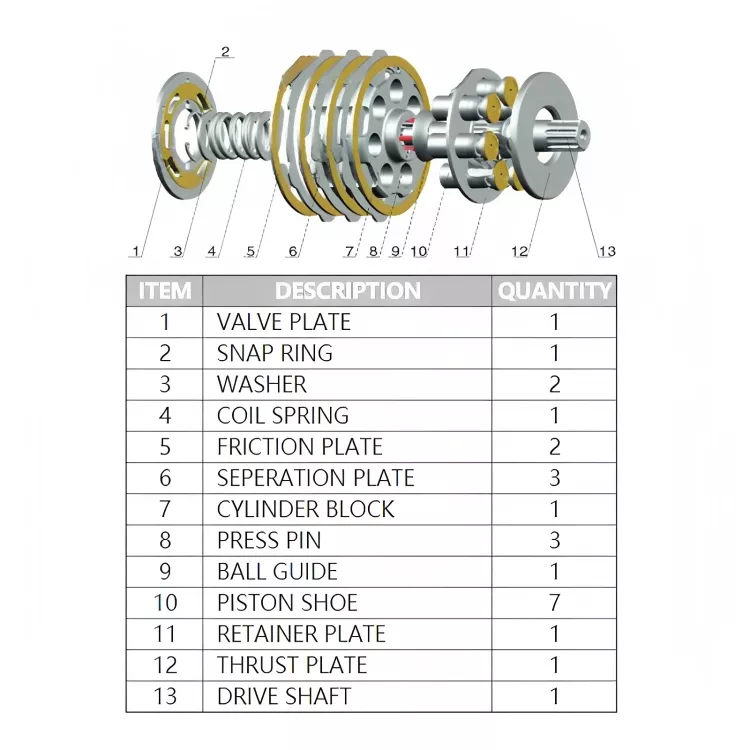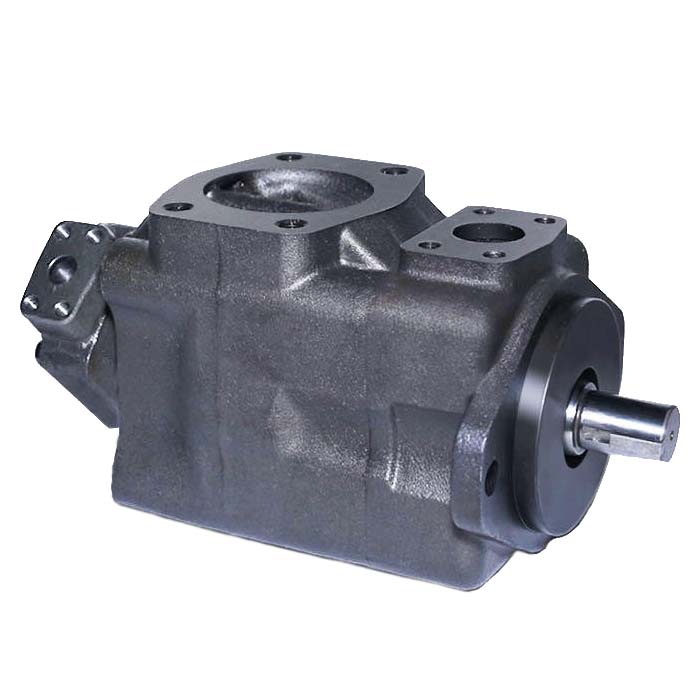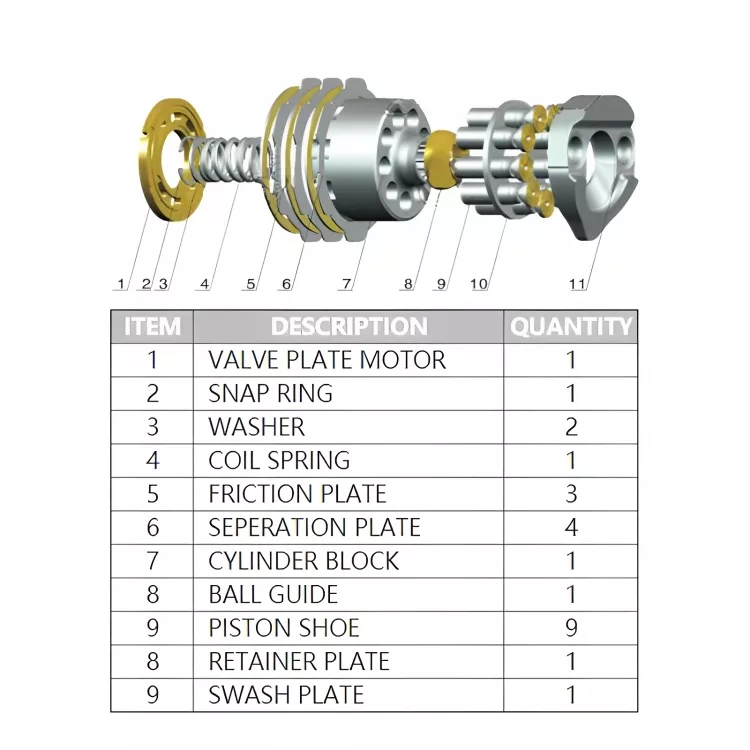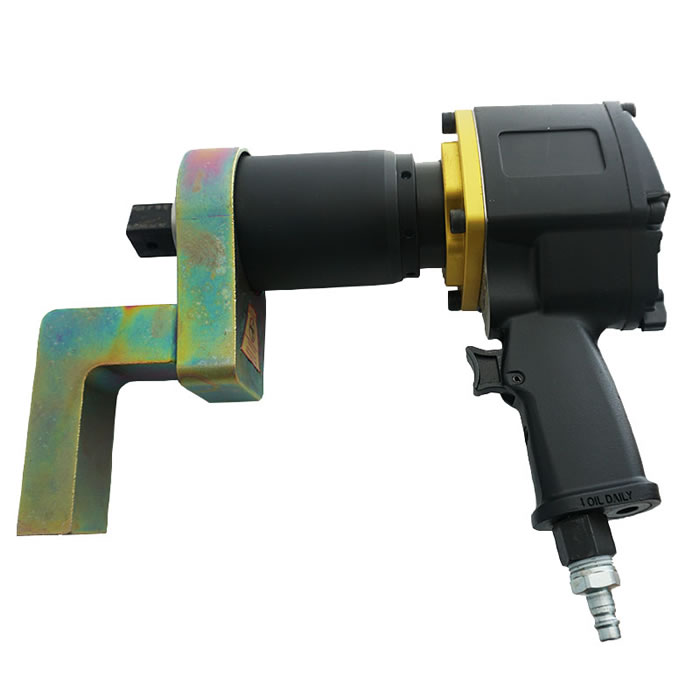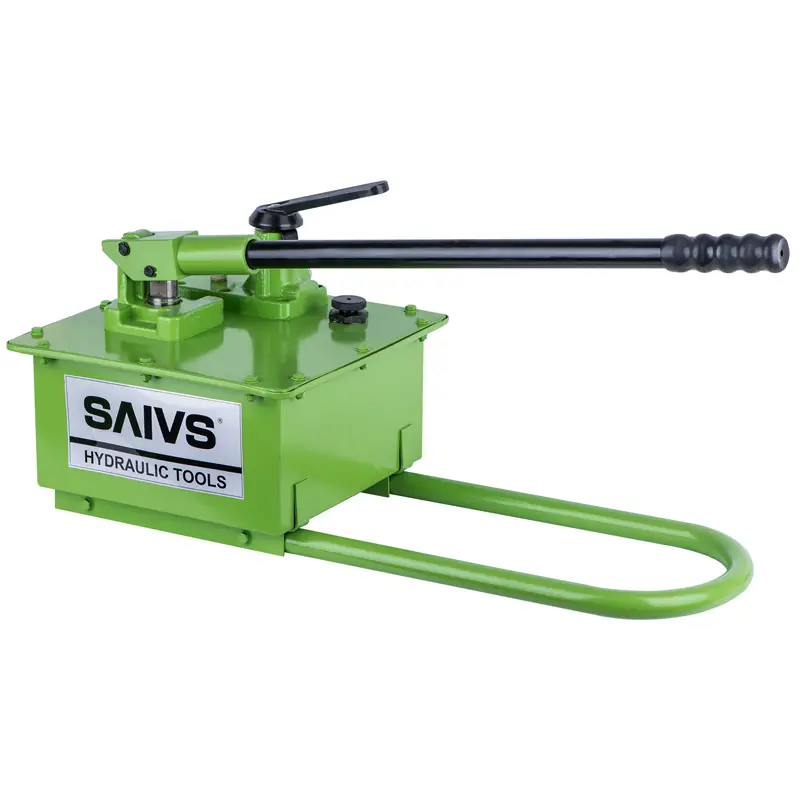Understanding Hydraulic Cylinder Retraction Failures in Lifting Tools
I. How Do Single-Acting and Double-Acting Hydraulic Cylinders Retract?
Hydraulic Cylinders are crucial components in many industrial applications, providing controlled force in a linear motion. There are two primary types of Hydraulic Cylinders: single-acting and double-acting.
Single-Acting Hydraulic Cylinders
Single-acting cylinders use hydraulic fluid to apply force in one direction only. Retraction occurs through an external force, typically a spring or the weight of the load. When hydraulic pressure is applied, the piston extends. To retract, the hydraulic fluid is released, and the external force pushes the piston back into its original position.
Double-Acting Hydraulic Cylinders
Double-acting cylinders can apply force in both directions. They have two ports: one for the hydraulic fluid to extend the piston and another for the fluid to retract it. When hydraulic fluid enters the retraction port, it pushes the piston back. This bidirectional control allows for greater precision and flexibility in various applications.
II. Why Does a Cylinder Retract Faster Than It Extends?
The retraction speed of a cylinder is generally faster than its extension speed due to the difference in effective area on either side of the piston. When extending, the hydraulic fluid has to push against the full area of the piston. During retraction, the rod takes up space on one side, reducing the area that the hydraulic fluid needs to push against. This difference in area, known as the annular area, results in a higher velocity of fluid flow during retraction, causing the piston to move faster.
The mathematical explanation lies in the flow rate equation:
Q=A×v
Where:
Q is the flow rate.
A is the cross-sectional area.
v is the velocity of the piston.
Since the flow rate (Q) is constant, a decrease in area (A) leads to an increase in velocity (v).
III. Reasons Why a Hydraulic Cylinder Fails to Retract
Several factors can cause a hydraulic cylinder to fail to retract. Understanding these can help in troubleshooting and maintaining system efficiency.
Hydraulic Fluid Issues
Low Fluid Level: Insufficient hydraulic fluid can prevent proper retraction. Check and refill the hydraulic fluid to the recommended level.
Contaminated Fluid: Dirt or debris in the hydraulic fluid can clog the system, hindering retraction. Regularly filter and replace the hydraulic fluid to maintain cleanliness.
Mechanical Obstructions
Bent Piston Rod: A bent or damaged piston rod can cause misalignment, preventing smooth retraction.
Internal Leakage: Seals or valves within the cylinder may wear out over time, causing internal leakage. This leakage reduces the effective pressure needed for retraction.
Valve Issues
Faulty Directional Control Valve: A malfunctioning directional control valve can fail to direct the hydraulic fluid properly, stopping retraction.
Pressure Relief Valve Malfunction: If the pressure relief valve is stuck or set incorrectly, it can prevent the necessary pressure build-up for retraction.
Air in the Hydraulic System
Air trapped in the hydraulic system can compress and expand, leading to erratic cylinder movements and preventing proper retraction. Bleed the system to remove any trapped air.
External Load Problems
An excessive external load can exceed the cylinder's capacity to retract. Ensure the load does not surpass the cylinder's rated capacity.
By regularly inspecting and maintaining hydraulic cylinders, many of these issues can be prevented, ensuring reliable and efficient operation.
Conclusion
Understanding the mechanics of hydraulic cylinder retraction and the common reasons for failure can significantly improve the maintenance and operation of hydraulic systems. Regular inspections and proper maintenance practices are key to preventing retraction issues, ensuring the longevity and reliability of hydraulic cylinders in various applications.

